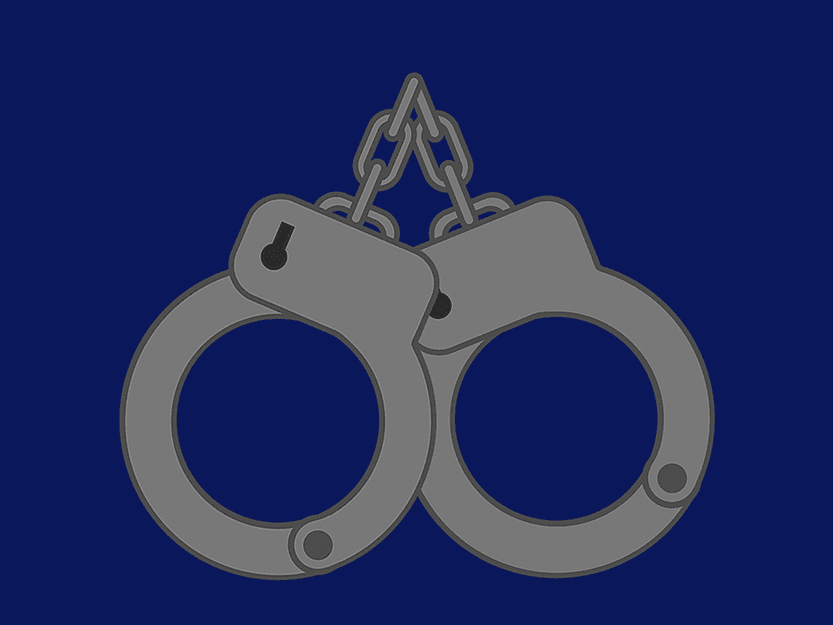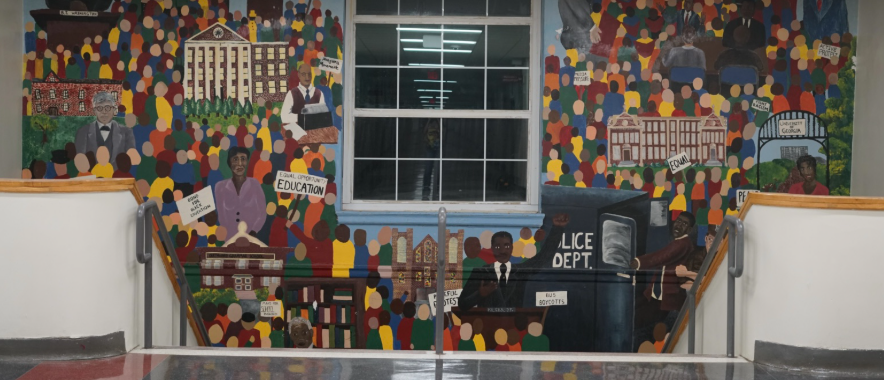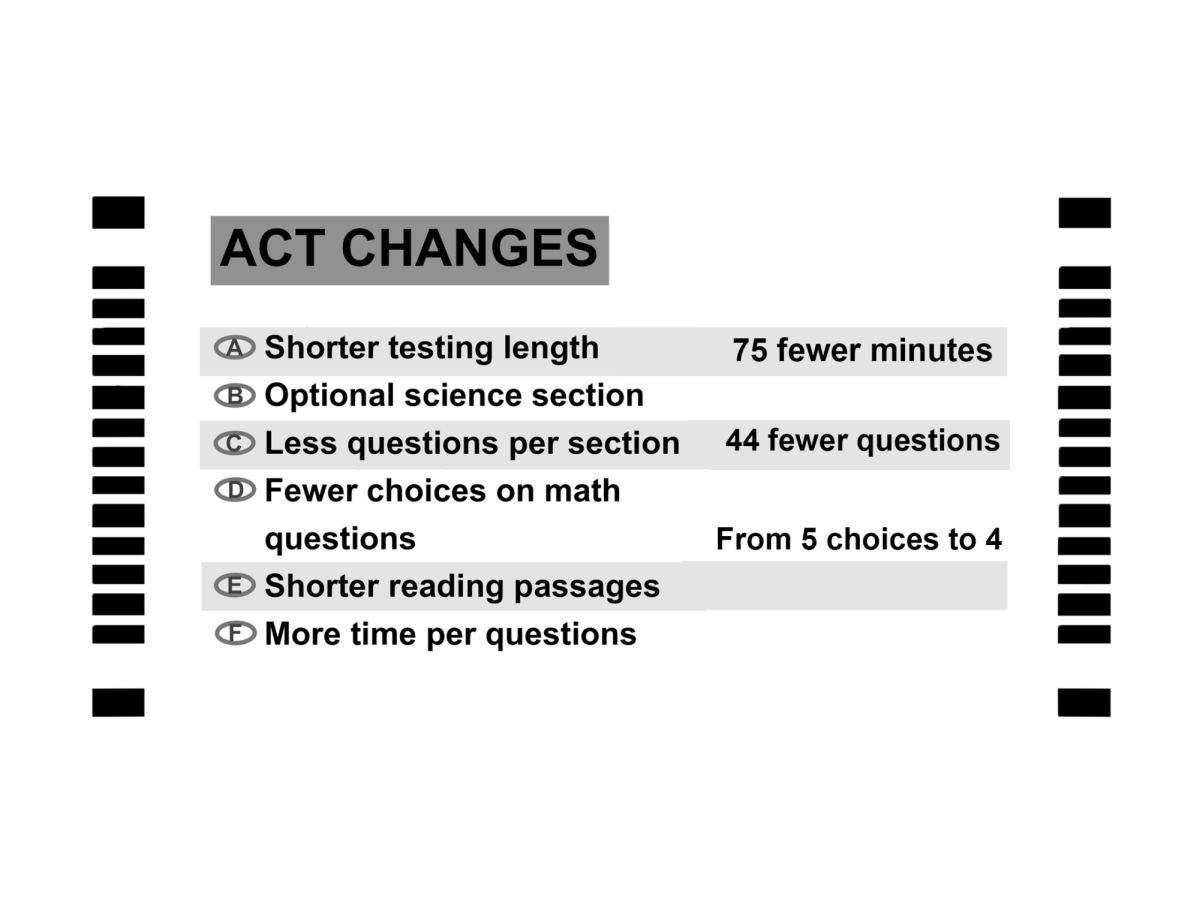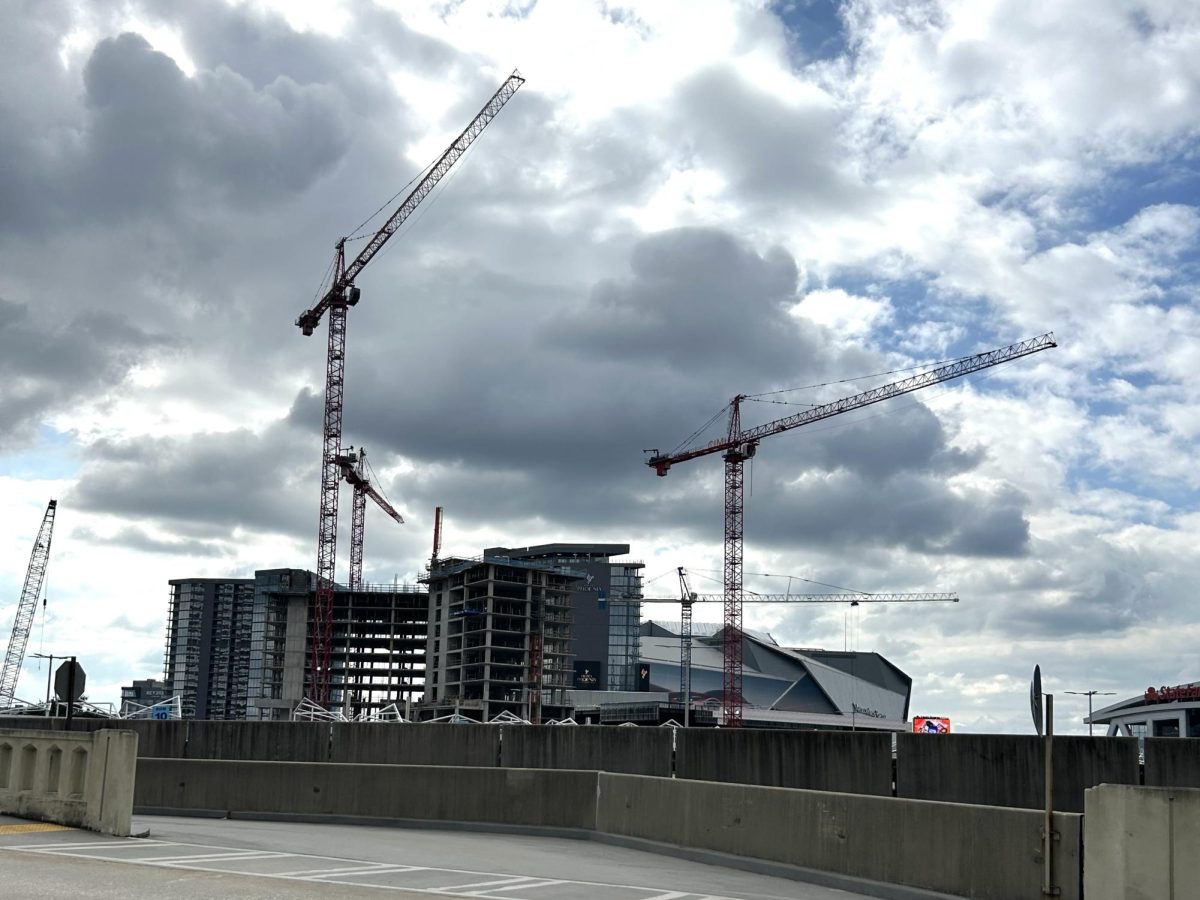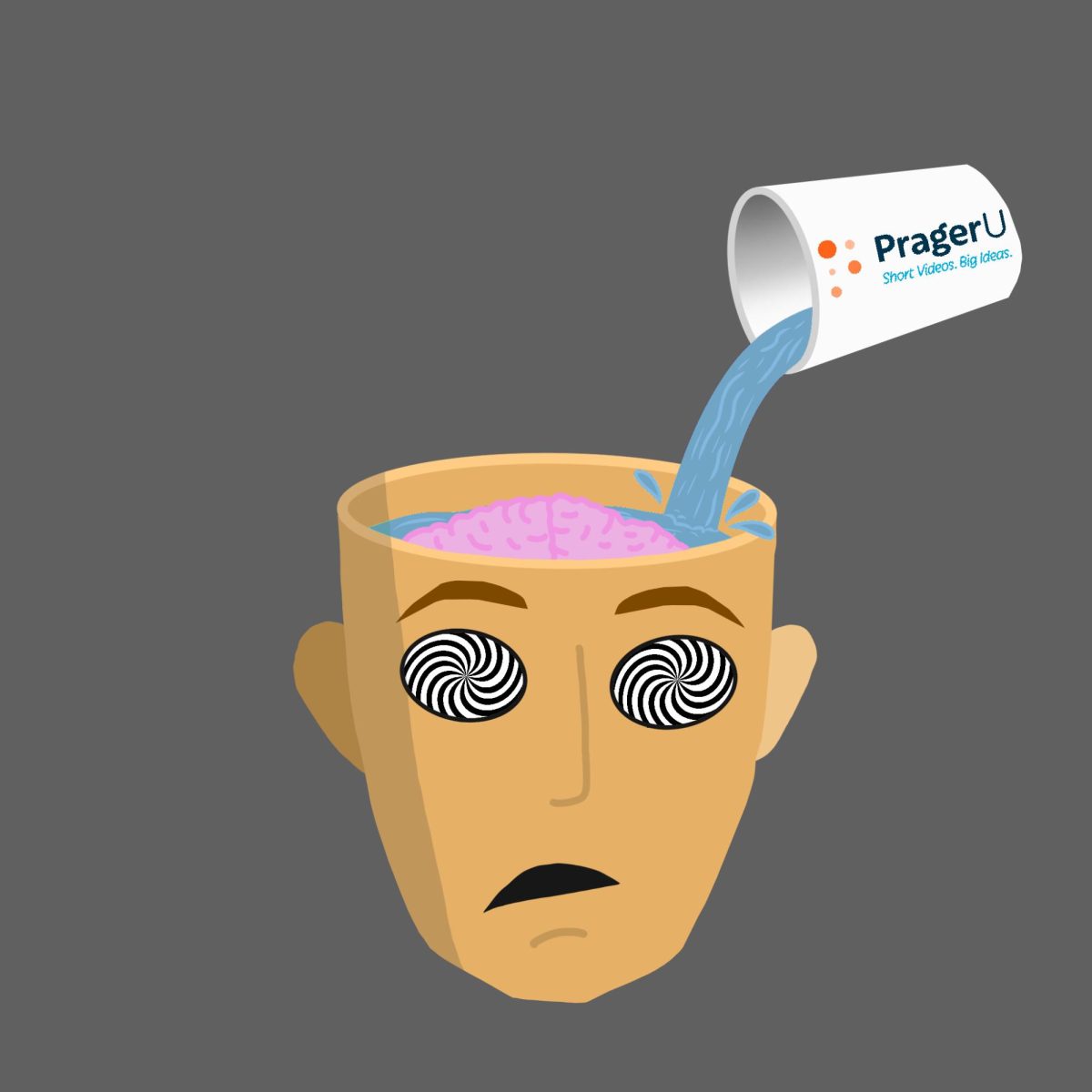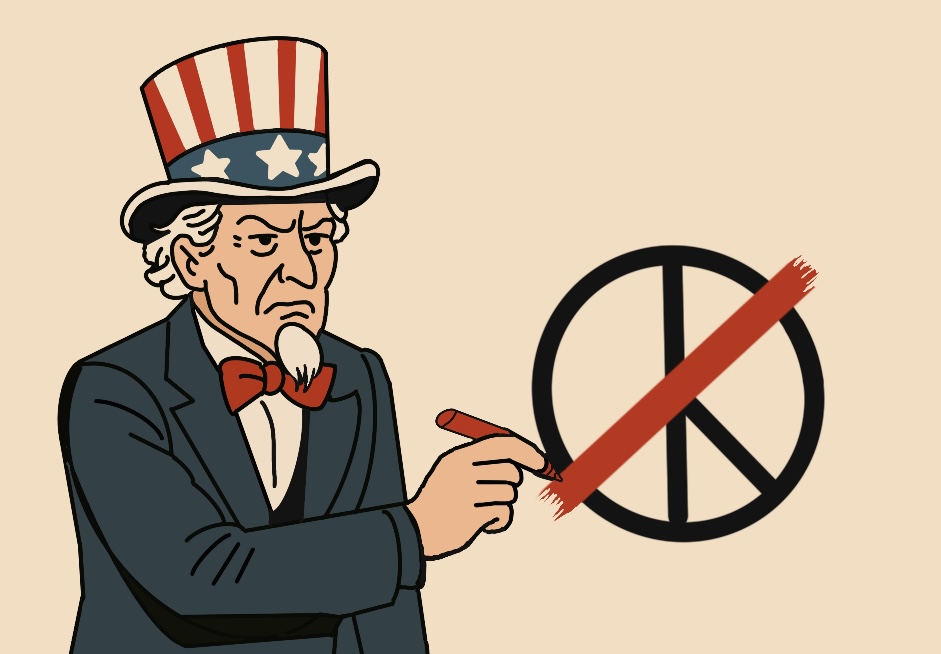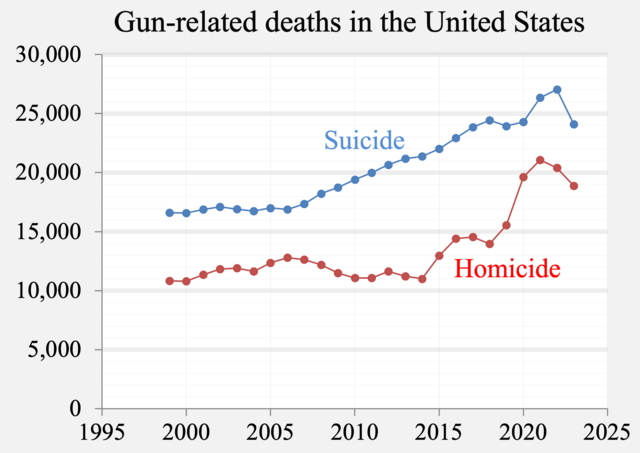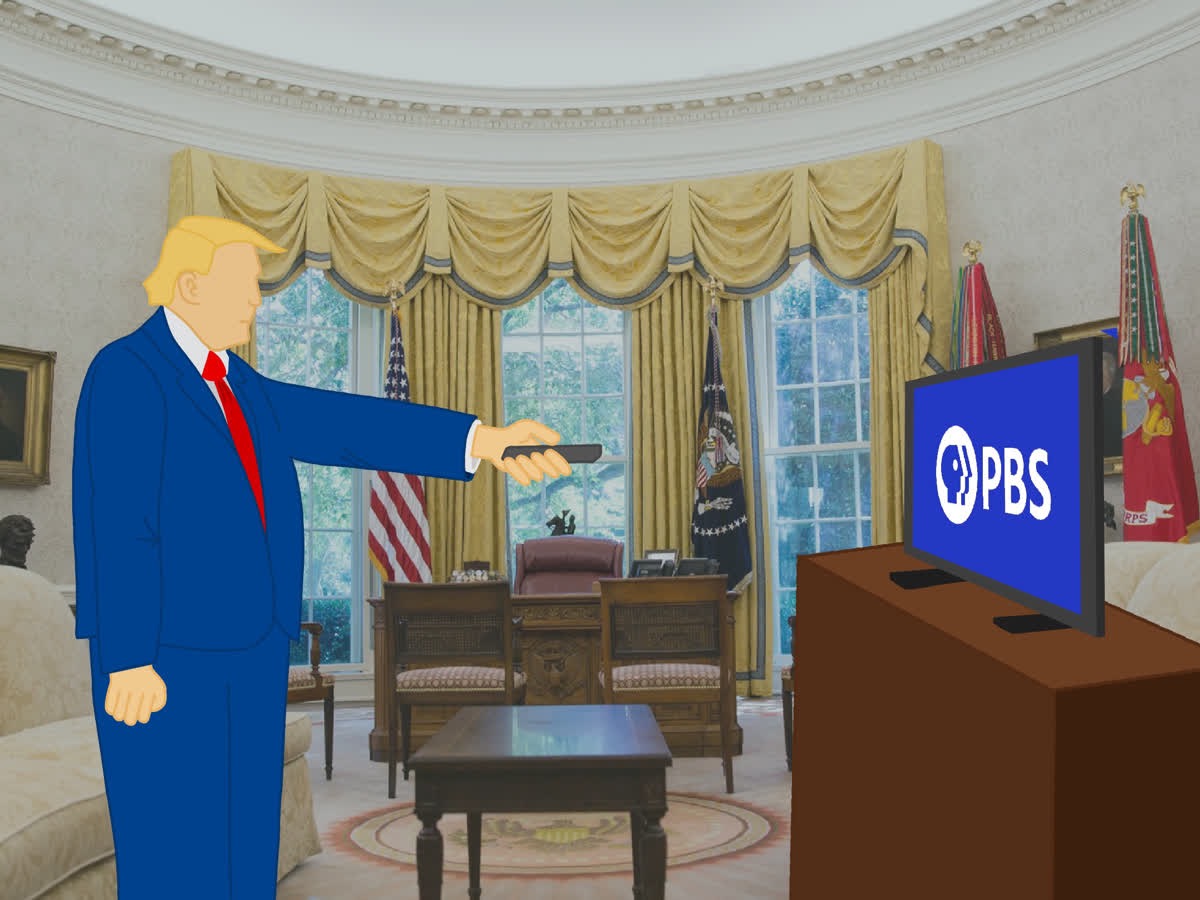Despite decades of declining crime rates nationwide, news headlines and political rhetoric still portray the U.S. as a lawless country in crisis. Nightly broadcasts seemingly always highlight violent events, while politicians exploit them by pushing recycled crime-control agendas to garner voter support. In reality, Americans are far safer today than they were in the 1990s.
Fear remains one of the most powerful political tools in America. It shapes budgets, drives policies and distorts how people see their own communities. This climate of anxiety needlessly bankrolls prisons and police, while schools, healthcare and communities often go overlooked and underfunded. Dollars spent policing a largely fabricated crime wave should actually be used to help Americans meet their basic needs rather than sustain a fictional crisis.
Fear is also a campaign weapon. During his 2024 presidential run, President Donald Trump made crime a focal point of his campaign messaging, even though evidence showed violent crime had fallen coast-to-coast, especially in major metropolitan areas. On the campaign trail, he branded Chicago a “war zone” and called Atlanta a “killing field.” In June, he illegally deployed troops to Los Angeles after steep criticism of California’s governor, Gavin Newsom. More recently, he justified sending federal law enforcement and the National Guard to Washington, D.C., calling the Capitol and its surrounding areas a “hellhole” and “lawless.” Despite this, data shows that violent crime rates in D.C. have fallen by about 35% since 2023. By contrast, Trump failed to mention high crime rates in more conservative-leaning areas, a distinct dichotomy that heightened fear of urban and Democratic-leaning communities and deepened partisan divides. Yet in some of the cities he vilified, violent crime was significantly lower per capita than that of predominantly red states.
This strategy of fear-mongering predates Trump. While Republicans have often leaned on it more heavily, both parties have long used crime as a political pawn when it fits their agendas. President Richard Nixon’s 1971 “War on Drugs” cast addiction as a national emergency, validating severe criminal punishment and aggressive law enforcement. President Ronald Reagan intensified it, tripling the federal drug control budget from $1.5 billion to $6.1 billion in the span of seven years and ??imposing mandatory minimum sentencing laws. Under the Anti-Drug Abuse Act of 1986, possession of 5 grams of crack prompted the same mandatory sentencing as 500 grams of cocaine, disproportionately targeting poorer, Black communities where crack use was the most prevalent because it was cheaper and more accessible than cocaine. These policies escalated racial and class divisions and reinforced a vision of America defined by hyper-nationalism, framing urban communities, immigrants and minorities as threats to national security.
Still, Democrats share the blame. President Bill Clinton’s 1994 Crime Bill, the largest crime bill in U.S. history, further expanded mandatory minimums, broadened the federal death penalty and financed thousands of new jails and prisons. It also increased the size of police forces and imposed “three strike” provisions that locked people away for life after repeated offenses, sparking mass imprisonment. Around the same time, First Lady Hillary Clinton’s infamous “superpredator” remark amplified racist stereotypes that painted Black youth as violent and incapable of reform. This rhetoric helped the Clinton Administration justify harsher sentencing laws and reinforced a tough-on-crime stance that resonated with panicked voters. Fear-driven policymaking, embraced by both parties, has been ingrained for decades and continues to shape public perception today.
The cost of this obsession is enormous. Americans spend between $200 and $300 billion annually on the criminal justice system, funded largely by taxpayers. In comparison, essential programs like the Supplemental Nutrition Assistance Program (SNAP) and Medicaid cost around $100 billion and $900 billion, respectively. These are federal programs that undoubtedly improve public health and quality of life. SNAP served 41.7 million Americans last year, including roughly 13% of Georgians, and in May 2025, around 70 million Americans were enrolled in Medicaid. However, under Trump’s “One Big Beautiful Bill,” nearly $1 trillion is being cut from Medicaid and $230 billion from SNAP over the next decade, with $75 billion being reallocated to the U.S. Immigration and Customs Enforcement (ICE) over the next four years. These cuts, rooted more in fear than fact, threaten jobs around the country, community health programs and state-served food assistance.
These expansions fueled a surge in deportations, frequently targeting people with little to no criminal history. In fact, research by Stanford economist Ran Abramitzky shows immigrants have had consistently lower incarceration rates than U.S.-born citizens for the past 150 years. Policies that break up families and destabilize communities to solve politically manufactured issues drain resources from programs that actually support Americans.
Closer to home, Atlanta’s $115 million Public Safety Training Center, derisively called “Cop City” by its critics, was championed by Atlanta’s Democratic mayor, Andre Dickens. This example further highlights a misallocation of funds and a colossal waste of taxpayer dollars. While militarized training facilities might make sense in an area where crime is rampant, crime in Atlanta was down 10.5% in 2024. Simply put, Cop City is a solution in search of a problem, built by power-hungry politicians.
In Florida, “Alligator Alcatraz,” a controversial migrant detention center, further perpetuates the same message, even as national violent crime rates drop around 50% and property crime rates fall by around 60% to 70% since their peak in the 1990s. Projects like these prioritize fear over public safety, funneling millions of dollars into unnecessary government ventures.
America’s crime obsession is expensive, destructive and deliberate. From Washington to Atlanta and around the nation, elected officials orchestrate elaborate schemes to get voters to the polls, exploiting real fear for political gain. This is more than just a fiscal problem; these politicians represent a severe moral deficit in American leadership. If we continue to let fear dictate policy, we sacrifice the principles on which America was built: equality, justice and opportunity for all.

